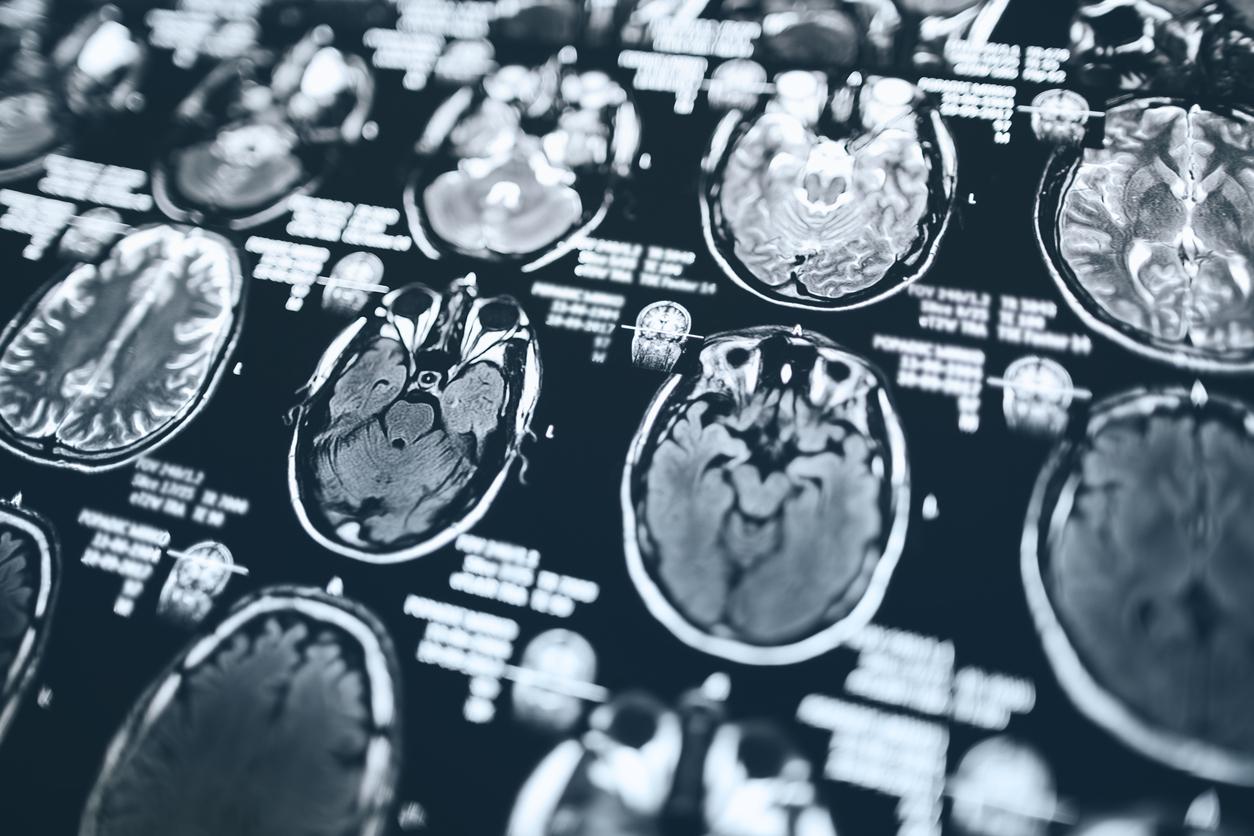Autism and schizophrenia are two conditions that are often confused because of some symptoms that may seem similar. However, they are fundamentally different in terms of causes, symptoms, and treatments.

- Autism is a neurodevelopmental disorder that affects communication, social interactions, and behavior.
- Schizophrenia is a serious psychiatric disorder that affects thinking, emotions, and behavior.
- While autism usually appears before the age of 3, schizophrenia tends to appear in late adolescence.
As a parent, understanding the distinctions between different neurodevelopmental and psychiatric disorders is essential to better support your child. Here’s an explanation of the differences between autism and schizophrenia to help you navigate these complexities.
Characteristics of autism, a neurodevelopmental disorder
Definition : Autism, or autism spectrum disorder (ASD), is a neurodevelopmental disorder that affects communication, social interactions, and behavior.
Symptoms : Difficulties with communication and social interaction, repetitive behaviors and restricted interests, sensory sensitivities (e.g., increased sensitivity to noises, lights, textures).
These symptoms usually appear before the age of three.
Origin : Autism has genetic and neurobiological bases. Genetic mutations and environmental factors may play a role in its development.
Treatment of autism
There is no cure for autism, but behavioral therapies, educational interventions, and specific supports can help improve quality of life and develop social and communication skills.
Objectives of the intervention
- Improve communication and social skills.
- Reduce problem behaviors.
- Support independence and integration into society.
Characteristics of Schizophrenia, a Psychiatric Disorder
Definition : Schizophrenia is a serious psychiatric disorder that affects thinking, emotions, and behavior. It often begins in late adolescence or early adulthood.
Symptoms : Hallucinations (hearing voices, seeing things that are not there), delusions (false and often paranoid beliefs), disorganized thinking, abnormal motor behaviors (such as agitation or rigidity), difficulty feeling pleasure and expressing emotions.
Origin : Schizophrenia has complex causes, involving genetic, neurobiological, and environmental factors. Chemical imbalances in the brain and structural abnormalities may contribute to its development.
Treatment : Treatments typically include antipsychotic medications, psychosocial therapies, and community supports. Treatments aim to manage symptoms and improve daily functioning.
Objectives of the intervention
- Reduce psychotic symptoms.
- Improve daily functioning and quality of life.
- Provide ongoing support to prevent relapse.
Key distinctions between autism and schizophrenia
- Age of onset:
- Autism is diagnosed in early childhood, usually before the age of three.
- Schizophrenia typically appears in late adolescence or early adulthood.
- Nature of symptoms:
- Autism primarily affects communication, social interactions, and behavior with restricted interests and repetitive behaviors.
- Schizophrenia is characterized by psychotic symptoms such as hallucinations and delusions, as well as disturbances in thinking and emotions.
- Causes and origins:
- Autism is a neurodevelopmental disorder with genetic and neurobiological bases.
- Schizophrenia is a psychiatric disorder with complex origins involving genetic, neurobiological, and environmental factors.
- Treatments:
- Autism requires behavioral, educational interventions and specific supports.
- Schizophrenia is treated primarily with antipsychotic medications and psychosocial therapies.
As a parent, it is crucial to understand that autism and schizophrenia are distinct conditions with very different management needs. If you suspect your child may be affected by one of these conditions, consult a specialist healthcare professional for an accurate diagnosis and tailored treatment recommendations. A clear understanding and early intervention can make a significant difference to your child’s well-being and development.



















